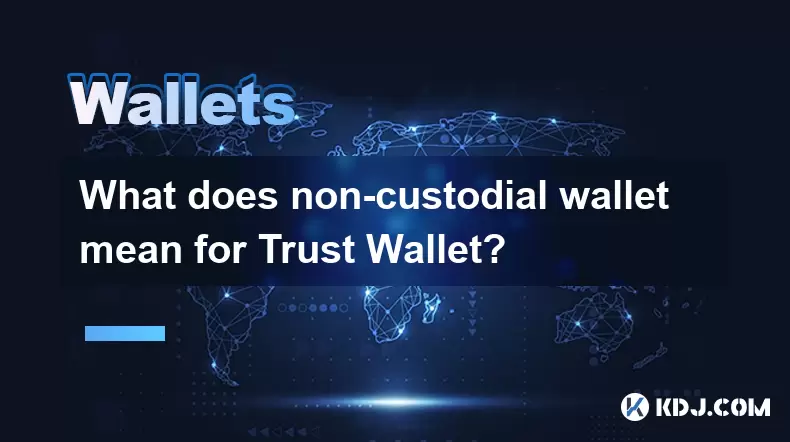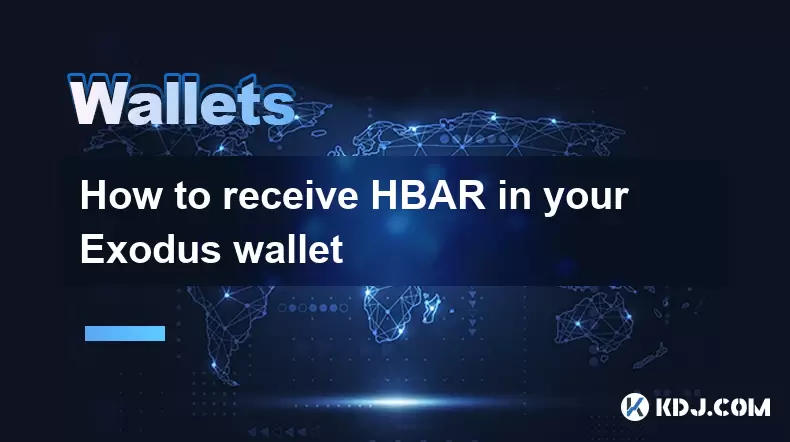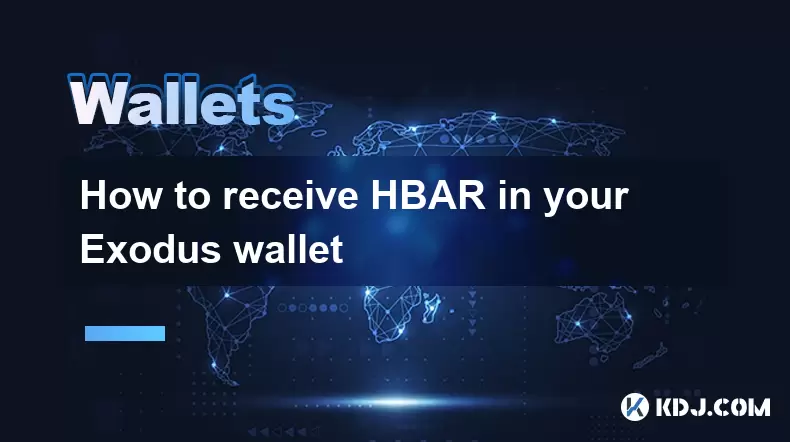-
 Bitcoin
Bitcoin $116900
0.00% -
 Ethereum
Ethereum $4280
5.48% -
 XRP
XRP $3.265
-1.45% -
 Tether USDt
Tether USDt $1.000
-0.01% -
 BNB
BNB $807.0
1.41% -
 Solana
Solana $183.1
2.93% -
 USDC
USDC $0.9999
0.00% -
 Dogecoin
Dogecoin $0.2440
6.50% -
 TRON
TRON $0.3357
-0.88% -
 Cardano
Cardano $0.8178
2.63% -
 Hyperliquid
Hyperliquid $44.13
7.45% -
 Chainlink
Chainlink $21.39
9.09% -
 Stellar
Stellar $0.4524
-0.84% -
 Sui
Sui $3.957
2.13% -
 Bitcoin Cash
Bitcoin Cash $572.7
-2.54% -
 Hedera
Hedera $0.2671
1.54% -
 Avalanche
Avalanche $24.77
4.17% -
 Ethena USDe
Ethena USDe $1.001
0.02% -
 Litecoin
Litecoin $122.3
-1.94% -
 Toncoin
Toncoin $3.432
2.26% -
 UNUS SED LEO
UNUS SED LEO $9.007
0.49% -
 Shiba Inu
Shiba Inu $0.00001396
5.26% -
 Uniswap
Uniswap $11.09
1.64% -
 Polkadot
Polkadot $4.155
4.57% -
 Dai
Dai $1.000
0.00% -
 Pepe
Pepe $0.00001253
5.11% -
 Cronos
Cronos $0.1588
2.67% -
 Bitget Token
Bitget Token $4.512
0.05% -
 Monero
Monero $275.0
0.64% -
 Ethena
Ethena $0.7527
15.10%
What does non-custodial wallet mean for Trust Wallet?
Trust Wallet is a non-custodial wallet where you control your private keys and funds—no third party can access them, ensuring full ownership and security. (154 characters)
Aug 10, 2025 at 05:00 am

Understanding Non-Custodial Wallets in the Context of Trust Wallet
A non-custodial wallet refers to a digital wallet where the user maintains full control over their private keys and, by extension, their cryptocurrency assets. In the case of Trust Wallet, this means that no third party, including Trust Wallet’s developers or servers, holds or manages your private keys. This is a fundamental principle of decentralized finance (DeFi) and blockchain technology. Unlike custodial wallets such as those offered by centralized exchanges (e.g., Binance or Coinbase), where the platform holds the keys on your behalf, Trust Wallet ensures that you are the sole owner of your funds.
The significance of this lies in the elimination of counterparty risk. When a wallet is non-custodial, there is no intermediary that can freeze, restrict, or access your funds. Even if Trust Wallet as a company ceases operations, your assets remain accessible as long as you have your recovery phrase. This design aligns with the ethos of blockchain: decentralization, autonomy, and personal responsibility.
How Trust Wallet Implements Non-Custodial Security
Trust Wallet leverages local key generation and storage to uphold its non-custodial nature. When you create a new wallet within the app, the private key and 12-word recovery phrase are generated directly on your device. These credentials are never transmitted to Trust Wallet’s servers or any external network. This ensures that your keys remain exclusively under your control.
To reinforce this security model:
- The recovery phrase is displayed only once during setup.
- The app does not store your recovery phrase in the cloud or in backups.
- Biometric authentication (such as fingerprint or face recognition) protects access to the app but does not affect private key storage.
If you lose your device or uninstall the app, the only way to recover your wallet is by using the 12-word recovery phrase. Without it, access to funds is permanently lost. This underscores the importance of securely storing your recovery phrase offline—preferably on a physical medium like a metal backup.
Connecting Trust Wallet to Decentralized Applications (dApps)
One of the core features of Trust Wallet is its ability to interact with decentralized applications (dApps) across various blockchains, including Ethereum, Binance Smart Chain, and Polygon. Because Trust Wallet is non-custodial, every transaction you initiate with a dApp requires your explicit approval.
When you connect Trust Wallet to a dApp:
- The dApp requests permission to view your wallet address.
- You must manually approve each transaction through the Trust Wallet interface.
- Private keys never leave your device, even during dApp interactions.
- Transactions are signed locally before being broadcast to the blockchain.
This process ensures that even if a dApp is malicious, it cannot withdraw funds from your wallet without your consent. You retain full oversight, and all actions require your active confirmation.
Recovering Your Trust Wallet Using the Recovery Phrase
Recovery in a non-custodial setup is entirely dependent on the 12-word recovery phrase. This phrase is a human-readable representation of your private key, generated using the BIP-39 standard. To restore your Trust Wallet on a new device:
- Install the Trust Wallet app on the new device.
- Select the option to "I already have a wallet".
- Choose "Recovery Phrase" as the import method.
- Carefully enter each of the 12 words in the correct order.
- Confirm the phrase and set a new password if desired.
Once completed, your wallet will sync with the blockchain, and all your assets across supported networks will be accessible. It is critical that the recovery phrase is entered exactly as recorded—capitalization, spelling, and order matter. Any mistake will result in access to a different wallet.
Transferring Assets Safely Within Trust Wallet
Sending and receiving cryptocurrencies in Trust Wallet is designed to be secure and user-controlled. When sending funds:
- Open the wallet for the specific cryptocurrency.
- Tap "Send" and enter the recipient’s address.
- Manually verify the address, as even a single incorrect character can result in permanent loss.
- Set the gas fee (for networks like Ethereum) based on current network congestion.
- Review all transaction details before confirming.
- Approve the transaction using your device’s authentication method.
Because Trust Wallet is non-custodial, the transaction is signed locally using your private key, which never leaves your device. The signed transaction is then broadcast to the network. No third party can alter or intercept the transaction once it’s initiated.
Frequently Asked Questions
Can Trust Wallet access my funds if I lose my phone?
No. Trust Wallet cannot access your funds under any circumstances. If you lose your phone and did not back up your 12-word recovery phrase, your funds cannot be recovered. The recovery phrase is the only way to restore access.
Is it safe to take a screenshot of my recovery phrase?
Taking a screenshot is not recommended. Digital copies of your recovery phrase are vulnerable to hacking, malware, or unauthorized access. Store it on paper or a hardware solution like a metal seed phrase vault.
What happens if someone gets my Trust Wallet app password?
The app password only locks the interface. It does not protect your private keys. If someone gains physical access to your device and knows the password, they can open the app. However, they still cannot export your private keys or recovery phrase without additional permissions. The real risk lies in losing your recovery phrase.
Can I use Trust Wallet on multiple devices at the same time?
Yes, you can install Trust Wallet on multiple devices and restore the same wallet using the 12-word recovery phrase. However, each device will have access to the same funds. Ensure each device is secure, as compromising any one of them risks your entire wallet.
Disclaimer:info@kdj.com
The information provided is not trading advice. kdj.com does not assume any responsibility for any investments made based on the information provided in this article. Cryptocurrencies are highly volatile and it is highly recommended that you invest with caution after thorough research!
If you believe that the content used on this website infringes your copyright, please contact us immediately (info@kdj.com) and we will delete it promptly.
- Cold Wallet's Presale: A High ROI Haven in the Crypto Storm
- 2025-08-10 12:50:11
- Meme Coins in 2025: Analyst Accumulation and the Hunt for the Next Moonshot
- 2025-08-10 13:10:11
- Meme Coins in 2025: Early Access to the Moon with $MOBU
- 2025-08-10 12:30:11
- Bitcoin's Golden Cross: Rally Outlook and What's Next
- 2025-08-10 12:30:11
- XRP Price, Remittix, and Ripple Rivals: A Crypto Cocktail
- 2025-08-10 10:50:16
- Live Crypto Updates, August 10: ETH Soars, Trump's Crypto Play, and More!
- 2025-08-10 11:30:16
Related knowledge

How to manage your portfolio in Exodus wallet
Aug 08,2025 at 10:07pm
Understanding the Exodus Wallet InterfaceThe Exodus wallet is a non-custodial cryptocurrency wallet that supports a wide range of digital assets. When...

How to reset your MetaMask password
Aug 08,2025 at 01:28pm
Understanding the MetaMask Password Reset ProcessMany users confuse the MetaMask password with the seed phrase or private key, but they serve differen...

How to buy Dogecoin on MetaMask
Aug 08,2025 at 03:42am
Understanding Dogecoin and MetaMask CompatibilityDogecoin (DOGE) is a popular meme-based cryptocurrency that operates on its own blockchain, originall...

How to switch between networks in Trust Wallet
Aug 09,2025 at 11:07am
Understanding Network Switching in Trust WalletSwitching between networks in Trust Wallet allows users to manage assets across different blockchains, ...

How to receive HBAR in your Exodus wallet
Aug 08,2025 at 11:28pm
Understanding HBAR and the Hedera NetworkThe HBAR cryptocurrency is the native token of the Hedera Hashgraph network, a distributed ledger technology ...

How to receive HBAR in your Exodus wallet
Aug 09,2025 at 06:07am
Understanding HBAR and the Hedera NetworkHBAR is the native cryptocurrency of the Hedera Hashgraph network, a distributed ledger technology that uses ...

How to manage your portfolio in Exodus wallet
Aug 08,2025 at 10:07pm
Understanding the Exodus Wallet InterfaceThe Exodus wallet is a non-custodial cryptocurrency wallet that supports a wide range of digital assets. When...

How to reset your MetaMask password
Aug 08,2025 at 01:28pm
Understanding the MetaMask Password Reset ProcessMany users confuse the MetaMask password with the seed phrase or private key, but they serve differen...

How to buy Dogecoin on MetaMask
Aug 08,2025 at 03:42am
Understanding Dogecoin and MetaMask CompatibilityDogecoin (DOGE) is a popular meme-based cryptocurrency that operates on its own blockchain, originall...

How to switch between networks in Trust Wallet
Aug 09,2025 at 11:07am
Understanding Network Switching in Trust WalletSwitching between networks in Trust Wallet allows users to manage assets across different blockchains, ...

How to receive HBAR in your Exodus wallet
Aug 08,2025 at 11:28pm
Understanding HBAR and the Hedera NetworkThe HBAR cryptocurrency is the native token of the Hedera Hashgraph network, a distributed ledger technology ...

How to receive HBAR in your Exodus wallet
Aug 09,2025 at 06:07am
Understanding HBAR and the Hedera NetworkHBAR is the native cryptocurrency of the Hedera Hashgraph network, a distributed ledger technology that uses ...
See all articles

























































































